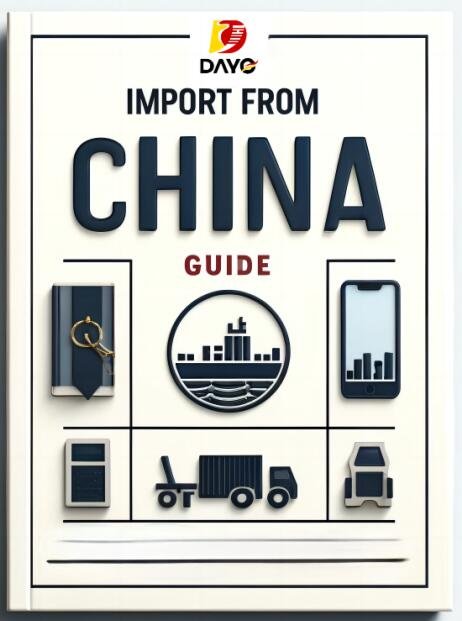I. The New Geopolitical Calculus Reshaping Global Supply Chains

1.1 Post-Pandemic Structural Shifts: From Efficiency to Resilience

The COVID-19 pandemic exposed vulnerabilities in hyper-optimized supply chains, with 78% of enterprises reporting disruptions due to single-source dependencies. By 2024, “China Plus One” has evolved from contingency planning to a $1.2 trillion strategic realignment:

- Vietnam’s Electronics Boom: Foxconn’s $300 million expansion in Bac Giang province now supplies 30% of Apple’s AirPods, leveraging labor costs 40% lower than China’s coastal regions.
- Mexico’s Nearshoring Surge: Auto part exports to the U.S. grew 28% YoY in 2024, with Tesla’s Monterrey gigafactory achieving 90% local content compliance under USMCA rules.
- India’s Semiconductor Gambit: With $10 billion in subsidies, Tamil Nadu’s “Electronics City” aims to capture 15% of global chip packaging by 2026.

Case Study: A North American HVAC manufacturer reduced lead times by 35% through KSG’s dual-track China-Vietnam model, combining Guangdong’s precision casting with Hanoi’s low-cost assembly.
II. Cost Optimization 2.0: Beyond Labor Arbitrage

2.1 Predictive Analytics in Commodity Hedging

Machine learning models now achieve 92% accuracy in forecasting critical material prices (e.g., lithium, rare earths). BMW’s AI-powered contracts with Chilean lithium miners locked in prices at 18,500/tonvs.spotmarketpeaksof32,000.
2.2 Tariff Engineering Under US-China Decoupling

Advanced HS code optimization strategies are saving enterprises 12-18% in cross-border costs:
- ASEAN FTA Utilization: Malaysian solar panel exporters to EU avoid 14% tariffs via RCEP origin cumulation rules.
- Section 301 Mitigation: KSG’s “Triple Transformation” approach (Vietnam processing + Mexican final assembly) reduced a client’s US import duties from 25% to 4.3%.
III. Sustainability as Competitive Advantage

3.1 The Carbon Calculus Reshaping Sourcing
EU’s CBAM (Carbon Border Adjustment Mechanism) adds $85/ton CO₂ cost for steel imports, driving:
- Green Steel Partnerships: SSAB’s HYBRIT technology (fossil-free steel) now supplies 60% of Volvo’s European plants.
- Circular Supply Chains: H&M’s Looop system achieves 87% textile-to-textile recycling, cutting virgin material use by 40%.
3.2 ESG-Linked Financing Revolution

Sustainable supply chain finance programs grew 47% YoY:
- HSBC’s Green Supplier Advance: Offers 0.5% rate discounts for suppliers with CDP A- ratings.
- BlackRock’s CO₂-Linked Loans: 1.2% interest reduction for every 10% emissions cut in tier-2 suppliers.
IV. AI-Driven Risk Management: From Reactive to Predictive

4.1 Neural Networks in Supplier Vetting
KSG’s proprietary AI screens 140+ risk dimensions in <15 minutes:
- Geopolitical Sentiment Analysis: Detects Taiwan Strait tensions’ impact on PCB suppliers 6 weeks pre-crisis.
- Financial Health Predictors: Flagged 3 Chinese EV battery makers’ liquidity risks 8 months before defaults.
4.2 Blockchain-Enabled Traceability
Walmart’s Food Trust blockchain reduced mango recall costs by 90%, tracing contamination sources in 2.2 seconds vs. 7 days previously.
V. The Future Blueprint: 2025-2030 Megatrends

- AI Procurement Co-Pilots: Gartner predicts 60% of RFPs will be AI-generated by 2025.
- Space-Based Logistics: SpaceX’s Starlink enables real-time container tracking across Pacific routes (beta testing Q3 2025).
- Bio-Intelligent Supply Chains: Moderna’s mRNA printers cut vaccine production lead times from 60 days to 18 hours.

Actionable Insights for Enterprises:

- Implement “3D Supplier Mapping” (Diversified, Digital, Decarbonized) across tiers 1-3.
- Adopt AI-powered “What-If” scenario planning for tariff/CO₂ cost simulations.
- Leverage blockchain-enabled ESG tokens for supplier incentive programs.
Data Sources:
- Global Trade Alert 2025 Risk Index
- KSG’s Supplier Resilience Dashboard (12,000+ vendor database)
- MIT Sustainable Supply Chain Analytics

